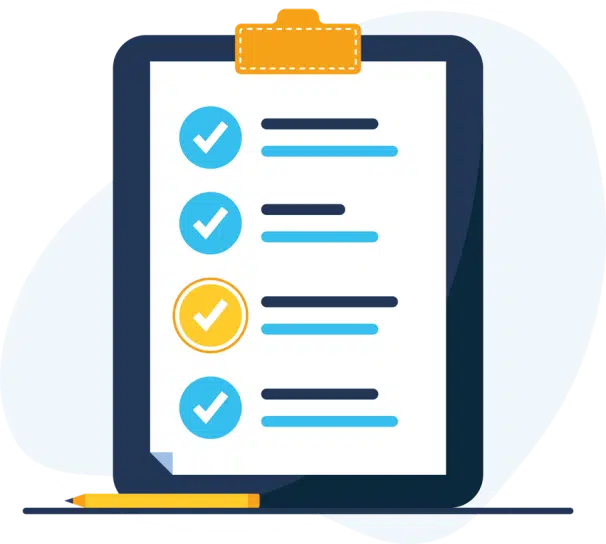Custom Website Development for Small Businesses: A Step-by-Step Guide
Title: Custom Website Development for Small Businesses: A Step-by-Step Guide
Introduction:
In today’s digital age, having a strong online presence is crucial for the success of any small business. A custom website tailored to your specific needs can help you stand out in a crowded market, attract more customers, and boost your overall brand visibility. In this comprehensive guide, we will walk you through the process of custom website development for small businesses, covering everything from planning to deployment.
1. Planning Your Website:
Before diving into the development process, it is essential to have a clear plan in place. Consider the following points when planning your custom website:
– Define your website goals: What do you want your website to achieve? Whether it’s generating leads, selling products, or providing information, clearly outline your objectives.
– Identify your target audience: Understand who your target customers are and tailor your website design and content to appeal to them.
– Research your competitors: Analyse your competitors’ websites to identify strengths and weaknesses that you can leverage to make your site stand out.
2. Choosing the Right Platform:
Selecting the right platform for your website is crucial for its success. Consider the following popular options:
– WordPress: Known for its flexibility and ease of use, WordPress is a popular choice for small businesses. It offers a wide range of themes and plugins for customisation.
– Shopify: Ideal for e-commerce websites, Shopify provides a user-friendly interface and robust e-commerce features.
– Custom Development: For a truly unique website, opt for custom development with the help of web development professionals.
3. Designing Your Website:
When it comes to designing your custom website, focus on creating a visually appealing and user-friendly experience. Some key design elements to consider include:
– Responsive design: Ensure your website is optimised for mobile devices to cater to users on the go.
– Clear navigation: Make it easy for visitors to find what they’re looking for with intuitive navigation menus.
– Compelling visuals: Use high-quality images, videos, and graphics to engage visitors and showcase your products or services effectively.
4. Developing Your Website:
Once you have a solid plan and design in place, it’s time to start developing your custom website. Whether you choose a DIY approach or hire a professional web developer, pay attention to the following aspects:
– SEO optimisation: Incorporate relevant keywords, meta tags, and alt text to improve your website’s search engine visibility.
– Speed optimisation: Ensure fast loading times by optimising images, minifying code, and utilising caching techniques.
– Security measures: Implement SSL certificates, regular backups, and security plugins to protect your website from cyber threats.
5. Testing and Launching Your Website:
Before launching your custom website, thorough testing is essential to ensure everything works as intended. Consider the following testing procedures:
– Cross-browser compatibility: Test your website on different browsers to ensure a consistent user experience.
– Mobile responsiveness: Check how your website looks and functions on various mobile devices.
– Functionality testing: Verify that all links, forms, and interactive elements work correctly.
6. Maintaining and Updating Your Website:
Building a custom website is an ongoing process that requires regular maintenance and updates to stay relevant and secure. Consider the following tips for maintaining your website:
– Regularly update content: Keep your website fresh and engaging by adding new content, blog posts, and product updates.
– Monitor site performance: Use analytics tools to track website traffic, user behaviour, and conversion rates.
– Backup your website: Regularly backup your website files and databases to prevent data loss in case of technical issues.
Conclusion:
Custom website development offers small businesses a unique opportunity to establish a strong online presence and reach a wider audience. By following this step-by-step guide, you can create a custom website that effectively showcases your brand, engages customers, and drives business growth. Remember, your website is often the first point of contact with potential customers, so invest the time and resources needed to make it a success.












